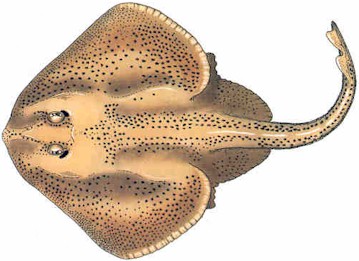March 24, 2025
Not Quite Done ...
March 24, 2025
I figured out how to customize the map graphics and made them much better for the purpose here.
First I made the water white, like the old maps. Then I made the land much darker, so the coastline is more defined. Finally, I got rid of all the land-side clutter like roads and towns that only compete with my own details. There are waterways and state borders, and that's all.
The result is almost like my old hand-made graphics, but much better both for me and you. A bonus of this is that without all the unnecessary detail, the maps load much faster, almost instantly. Places that benefit from having actual road maps, like shore dives, still have them.
I guess you could also say that I did an awful lot of work just to get back to where I started. Oh well ...
When I started this website many years ago, it required 'programming' in:
- html
To render these maps, it now requires the following languages/libraries/formats:
- html
- css
- php
- sql
- javascript
- json
- kml
- csv
- OpenLayers
- WordPress
Yet, with all the improvements, the plugin refuses to grow beyond 1.7 MB, and the bulk of that is library files and graphics.
The plugin stores all of its data in a single table, nice and neat, and all of its settings in a single entry. The maps themselves (or 'views') are defined as WordPress [shortcodes], plain text easily edited in the post editor. By selectively turning features on and off, each map can be used as its own editor. Maps can be duplicated by cutting and pasting text. Everything can be exported or imported for backup or transplanting, or to create useful things like kml files.
I am still surprised at what I have done. I could submit it to WordPress for their plugin library, but I've been down that path before. They'd just run a code inspector over it, and then nitpick it to death, without ever actually testing anything. But their library maintains reams of old garbage that couldn't possibly pass their own 'standards', and probably doesn't even run any more. And when you point out truly bad bugs in their own code, they ignore you. Arrogance and stupidity are a bad combination, I try not to have anything to do with the people at WordPress.
I've also widened the layout to my standard size. When I started this almost 30 years ago, a typical computer display was 800x600, and that's what I designed for, including the charts, which, as I've said, were a bother to update, and a huge task to resize. I think I may have resized them once over the years. As a result, it always looked funny with the old small charts (and other graphics) on a bigger layout. But that's not a problem any more, now I can draw the charts at any size and scale I want. Over time I may up-size the rest of the graphics.
The new layout also collapses itself for small displays, so the site works well on tablets and tolerably even on smartphones, which didn't even exist when I started!

